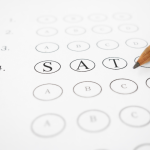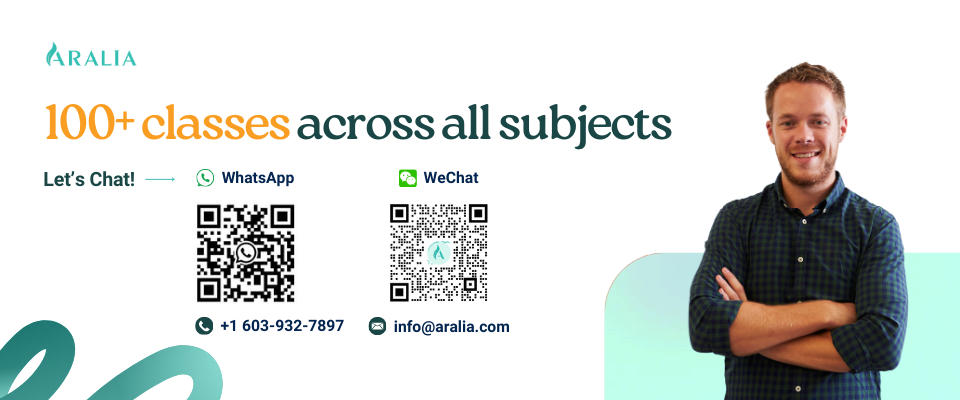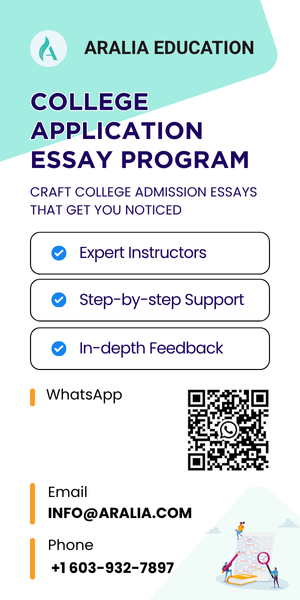1. What is the PSAT?
The PSAT/Preliminary SAT, also known as the NMSQT National Merit Scholarship Qualifying Test, is the practice version of the SAT. The PSAT offers standardized test administration for students in grades 10 and 11. In addition to the PSAT, the College Board also offers the SAT for students in grades 11 and 12. Students who earn high scores on the PSAT may qualify for a National Merit Scholarship – $180 million is awarded annually.
The PSAT is offered annually, and students can take up to three PSATs per year in high school. However, most students take the PSAT 10 before taking the other PSATs. The PSAT 10 is only available to 10th graders, and is offered during their Spring semester.
We recommend students take this test for a couple of reasons. The PSAT 10 test is excellent for students who want to practice for the PSAT during their junior year, making them eligible for the National Merit distinction (the PSAT 10 does not qualify them for the scholarship). The PSAT also provides scoring information which helps students with college-readiness assessment. It can serve as an indicator of how well you will do on the actual SAT, giving insight into what you need to focus on in order to improve your score. Additionally, a high score on the PSAT may qualify you for certain scholarships or other opportunities. All in all, taking the PSAT can help ensure that students are adequately prepared and able to excel when they take their SATs.
Three versions of the test:
- PSAT 8/9 (8th and 9th graders)
- PSAT 10 (10th graders)
- PSAT/NMSQT (11th graders)
2. What does the PSAT test cover?
The PSAT test is very similar to the SAT, as PSAT/NMSQT includes a (1) Reading Test, (2) Writing and Language Test, and (3) Math Test. In total, the PSAT/NMSQT test takes 2 hours and 45 minutes.
PSAT 8/9: 2 hours and 25 minutes
| Section | Length (minutes) | Number of Questions/Tasks |
| Reading | 55 | 42 |
| Writing and Language | 30 | 40 |
| Math | 60 | 38 |
| Total | 145 | 120 |
PSAT 10 and PSAT/NMSQT: 2 hours and 45 minutes
| Section | Length (minutes) | Number of Questions/Tasks |
| Reading | 60 | 47 |
| Writing and Language | 35 | 44 |
| Math | 70 | 48 |
| Total | 165 | 139 |
The Reading section includes five paragraphs drawn from essays on various topics such as fiction, history, natural science, or social science. Students will answer questions related to using evidence and analyzing the text.
The Writing and Language section is a multiple-choice section in which students find and fix mistakes and weaknesses in paragraphs. By reading the four paragraphs, students will improve the expression of ideas and edit sentences to conform to standard English conventions. The Math section comprises both the calculator and non-calculator sections, in which students answer questions related to algebra, problem-solving and data analysis, advanced math, and other advanced topics.
3. How does the PSAT score?
The score of the PSAT is the total of the Reading and Writing sections and the Math section. In the PSAT 10 and PSAT/NMSQT, each section is worth 160-760 points, making the total score range from 320 to 1520. In the PSAT 8/9, each section is worth 160-720 points, making the total score range from 320 to 1440. The Reading and Writing score is a combination of scores from both the Reading Section and Writing and Language Section. The score of the SAT is the total of both the Reading/Writing and Math sections, with each section ranging from 300-800 points.
The average score for PSAT 8/9 is around 800-860. To be in the top 10%, you need to score about 1030 and up.
The average score for PSAT 10 and PSAT/NMSQT is 920; therefore, if you want to be in the top 10%, you will need to score around 1210 to 1520
4. Why should I take the PSAT?
Win Scholarships for College
By taking the PSAT/NMSQT and earning a high score, students can qualify for the National Merit Scholarship. Students who take the PSAT 8/9 and 10 are not eligible for the Scholarship Program; only students in 11th grade are.
For the 2023 National Merit® Scholarship Competition, 50,000 high-scoring participants will be chosen for the National Merit Program Recognition. After that, around one-third of the 50,000 students (i.e., 16,000 students) will be notified as Semifinalists — the highest-scoring participants from each state. From 16,000 semifinalists, the list will be narrowed to 15,000 finalists, including students who meet academic and other requirements (abilities, skills, and achievements).
From the 15,000 finalists, 1,000 students will receive Special Scholarships from corporate sponsors, while the other 7,5000 students will receive one of the three types of National Merit Scholarships:
- National Merit® $2500 Scholarships
- Corporate-sponsored scholarships
- College-sponsored scholarships
Prepare before the SAT
Even though the SAT has become optional for many colleges, having a good SAT score under your belt while applying for college is beneficial. By receiving high scores on the PSAT, you have a great foundation when preparing for the SAT due to their similarity in formatting and type of questions. The SAT is slightly more advanced than the PSAT; however, if you master the foundational concepts, there is no reason why you can’t ace the SAT.
5. PSAT to SAT and ACT Score Conversion
Please remember that the score conversion only applies to the PSAT/NMSQT test, not the other versions.
Source: College Board, PSAT, and SAT
| Percentile | PSAT Total Score | SAT Total Score |
| 99+ | 1490-1520 | 1560-1600 |
| 99 | 1460-1480 | 1520-1550 |
| 95 | 1360-1370 | 1430-1440 |
| 90 | 1280 | 1350 |
| 85 | 1230 | 1290 |
| 80 | 1190 | 1240-1250 |
| 75 | 1150 | 1200-1210 |
| 50 | 1000-1010 | 1040-1050 |
PSAT to ACT by Kaptest
09 → 590 – 610
10 → 620 – 640
11 → 650 – 680
12 → 690 – 720
13 → 730 – 770
14 → 780 – 820
15 → 830 – 870
16 → 880 – 910
17 → 920 – 950
18 → 960 – 980
19 → 990 – 1020
20 → 1030 – 1050
21 → 1060 – 1090
22 → 1100 – 1120
23 → 1130 – 1150
24 → 1160 – 1190
25 → 1200 – 1220
26 → 1230 – 1250
27 → 1260 – 1290
28 → 1300 – 1320
29 → 1330 – 1350
30 → 1360 – 1380
31 → 1390 – 1410
32 → 1420 – 1440
33 → 1450 – 1480
34 → 1490 – 1520
The PSAT and SAT are similar exams, but the PSAT is a great way for students to practice for the SAT and get an idea of their college-readiness. By effectively preparing with the PSAT, students can make sure they understand all aspects of the SAT, and feel confident when it’s time to take it. Moreover, they may even qualify for certain scholarships or opportunities based on their performance on the exam. Whatever your reason may be, taking the PSAT is definitely something to consider before attempting the SAT.
Introducing Aralia Test Preparation Bootcamp, where students can excel in SAT with our comprehensive approach. At Aralia, we prioritize maximizing study efficiency and accelerating score improvement through a combination of practice examinations, expert strategies, and personalized guidance. Our Bootcamp offers students the opportunity to achieve significant score improvements within a condensed timeframe by learning strategic approaches tailored to their individual needs. With instructors who are AP readers, students benefit from expert teaching and gain valuable insights into exam techniques. Furthermore, our program equips students with versatile skills and strategies that can be applied to a range of standardized tests, ensuring they are well-prepared to adapt to various exam types.

Improve your SAT score with our SAT Intensive Courses. Get access to SAT prep materials. Take weekly, full-length practice SAT tests, and attend lessons in Math, Reading, and Writing & Language taught by our experienced instructors.











